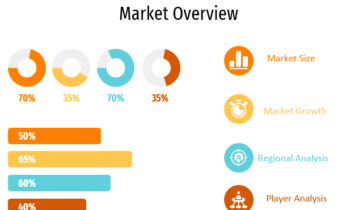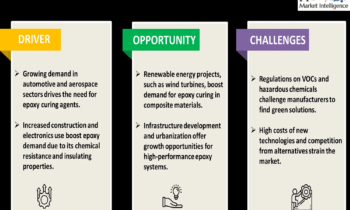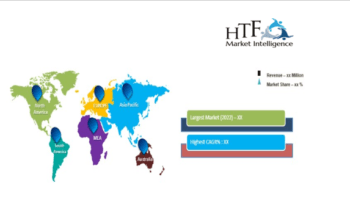You may be wondering how to invest in the Tin. Tin is a unique metal with many applications, making it a desirable material for investment. However, investing in a tin can be complex, so it’s essential to understand the market and procedures. This blog post will discuss the basics of investing in Tin and provide tips on how you can start. Stay tuned for more information!
Also read: What’s the Worst-Case Inflation Scenario In 2022?
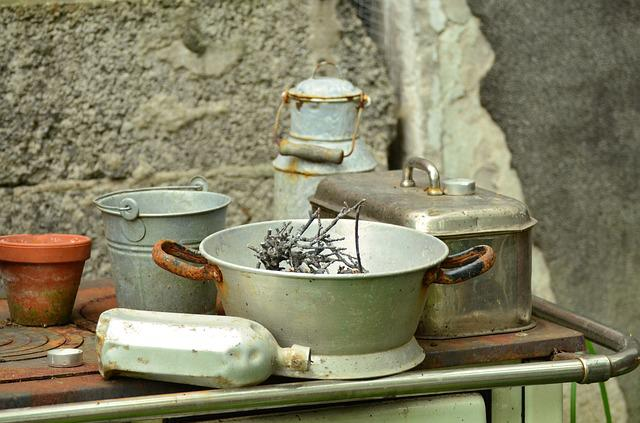
1. What Is Tin And Its Applications?
Tin is a silvery-white metal that is soft and malleable. It is available in trace amounts in the Earth’s crust, but miners extract most Tin from the mineral cassiterite. Tin has a long history of use that dates back to the Bronze Age when people could use it to alloy copper to create bronze. Today, Various applications still use Tin, including electronics, food packaging, and construction.
According to the international tin association, one of the most essential components that electronics use is Tin. Tin is used as a coating for solder, which helps to connect electronic components. Electronic circuits also have Tin as a barrier to prevent electrical shorts. In addition, tin-plated steel is often used in food cans and other containers because it is non-toxic and does not rust easily.
Tin is also sometimes used in construction. For example, Tin can be used as a coating for roofing materials to protect against corrosion. In addition, tin alloys are often used in bearings and other mechanical components due to their low friction properties. Overall, Tin plays a vital role in various industries and applications.
Also read: Why Online Accessibility Matters Now More than Ever
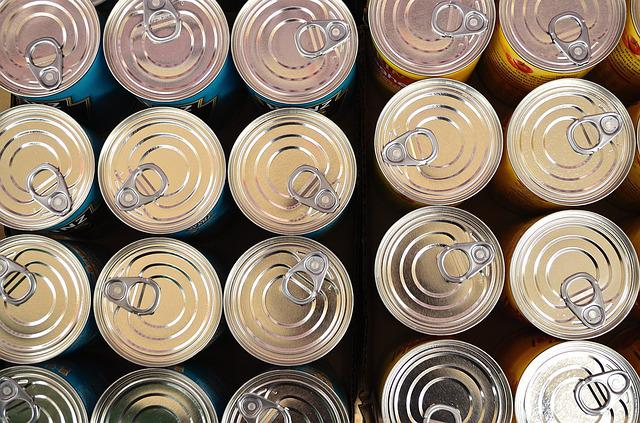
2. How To Invest In Tin
Tin is a metal used in various industries, including electronics, construction, and packaging. As a result, it is a valuable commodity that can be worth investing in. However, there are a few things to consider before investing in Tin.
One of the most important things to consider is the supply and demand of Tin. If there is high demand for Tin but limited supply, then the price of Tin will likely increase. This is something to keep an eye on when considering an investment in Tin. In addition, it is also essential to look at the economic stability of countries producing Tin. If there is instability in a country’s economy, this could lead to lower production levels of Tin and higher prices.
Another factor to consider when investing in Tin is how tin trades. You can trade Tin on both commodity exchanges and the over-the-counter market. Commodity exchanges are regulated markets where futures contracts or other derivatives are traded. On the other hand, the over-the-counter market is a decentralized market where dealers trade directly. Therefore, when considering an investment in Tin, it is essential to look at both types of markets to understand where prices are heading.
The tin alloys are used in everything from bearing alloys and solder to pigments. The tin sheet is produced by rolling mill reduction at high temperatures and drawing and casting. The commodity is widely traded on the London Metal Exchange (LME).
Also read: How Innovation is Driving the Music Industry

Who Are the Leading Producers Of Tin
Major producers where the world’s tin trades include Malaysia, Indonesia, Peru, Bolivia, Brazil, and China, the largest tin producer. Investment options for exposure to the commodity include futures contracts and exchange-traded funds (ETFs). ETFs offer a convenient way to invest in Tin without taking delivery of the underlying commodity. Some examples of tin ETFs include.
Several exchange-traded funds (ETFs) provide exposure to Tin through indirect means. For example, the Global X Lithium & Battery Tech ETF (LIT) invests in lithium mining and battery production companies. A portion of LIT’s holdings are miners of other metals and minerals used in batteries, such as cobalt, manganese, and nickel, which could benefit if demand for electric vehicles (EVs) increases.
The SPDR S&P Metals & Mining ETF (XME) has a smaller allocation to Tin than LIT does but provides broader exposure to the metals and mining industry. Rio Tinto plc (RIO), BHP Billiton Ltd. (BHP), and Glencore plc (GLEN.L) are among XME’s top 10 holdings and have significant operations involved in the extraction and processing of Tin.
The iShares MSCI Global Tin Mining ETF (TINY) is the only pure-play tin ETF available. TINY’s portfolio consists of companies involved primarily in tin mining, such as ITRI and PT Timah, accounting for over 85% of the fund’s total assets.
Also read: Why You Need To Do a Tenant Background Check
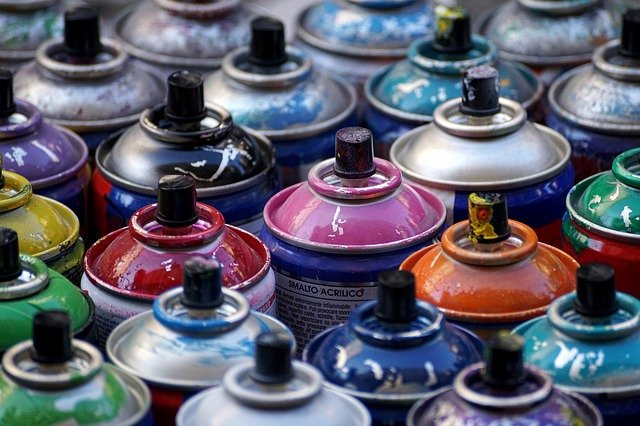
3. The Benefits Of Investing In Tin
Tin is a relatively rare element in the Earth’s crust, making up less than 0.001 percent of the planet’s crust. However, it is an essential metal for a variety of applications. For example, tin projects are highly corrosion-resistant, making them ideal for food containers and other products that come into contact with moisture.
It is also soft and malleable, making it easy to shape into thin sheets. In addition, Tin has a low melting point, making it valuable for soldering and other applications requiring a solid joint at low temperatures. As a result of these properties, Tin has been in use for thousands of years for various purposes.
Today, Tin remains an important industrial metal, with a global tin market value of billions of dollars each year. For investors looking to add exposure to this essential metal, there are several ways to do so. One option is to purchase shares in mining companies that explore for and produce Tin.
Another possibility is to buy exchange-traded funds (ETFs) that invest in companies involved in the tin industry. Whatever approach you take, investing in a tin can be a great way to diversify your portfolio and gain exposure to this essential metal.
4. Tips For Investing In Tin
Tin is a soft, malleable metal commonly used to create alloys, such as bronze and pewter. It is also a key component in tin cans packaging food and beverages. Because of its versatility, Tin has many applications and is an essential industrial metal. As a result, it can be a good choice for investors looking to diversify their portfolios.
There are a few things to keep in mind when investing in the Tin. First, it is essential to track global demand for the metal. Industries use Tin, so changes in demand can significantly impact prices.
Second, it is worth considering whether you want to invest in physical Tin or tin futures. Physical Tin can be more expensive and difficult to store, but it can also provide more stability than futures contracts.
Finally, it is essential to remember that the tin market is relatively small and volatile. Prices can fluctuate significantly depending on supply and demand conditions. As a result, Tin is not suitable for everyone but can be a good option for those willing to take on more risk.
Also read: Gender Disparity in The US Public Sector

5. The Risks Associated With Investing In Tin
Tin is a lustrous metal used in various applications, including electronics, packaging, and construction. Unfortunately, Tin is relatively scarce despite its widespread use, making it an attractive target for investors.
However, there are several risks associated with investing in the Tin. First and foremost, Tin is subject to price fluctuations due to changes in demand and supply. For example, an increase in tin-based electronics could lead to higher prices for the metal.
On the other hand, a decrease in demand from the construction industry could have the opposite effect. In addition, production is concentrated in a few countries, making it vulnerable to political instability and supply disruptions.
Investors should carefully consider the risks before investing in the Tin.
6. Final Thoughts On How To Invest In Tin
Tin is a versatile industrial metal with a wide range of applications. It is also relatively scarce, making it an attractive target for investors. However, several risks are associated with investing in Tin, including price fluctuations and supply disruptions. Therefore, before investing in metal, it is essential to carefully consider these risks and decide if Tin is the right choice for you.

